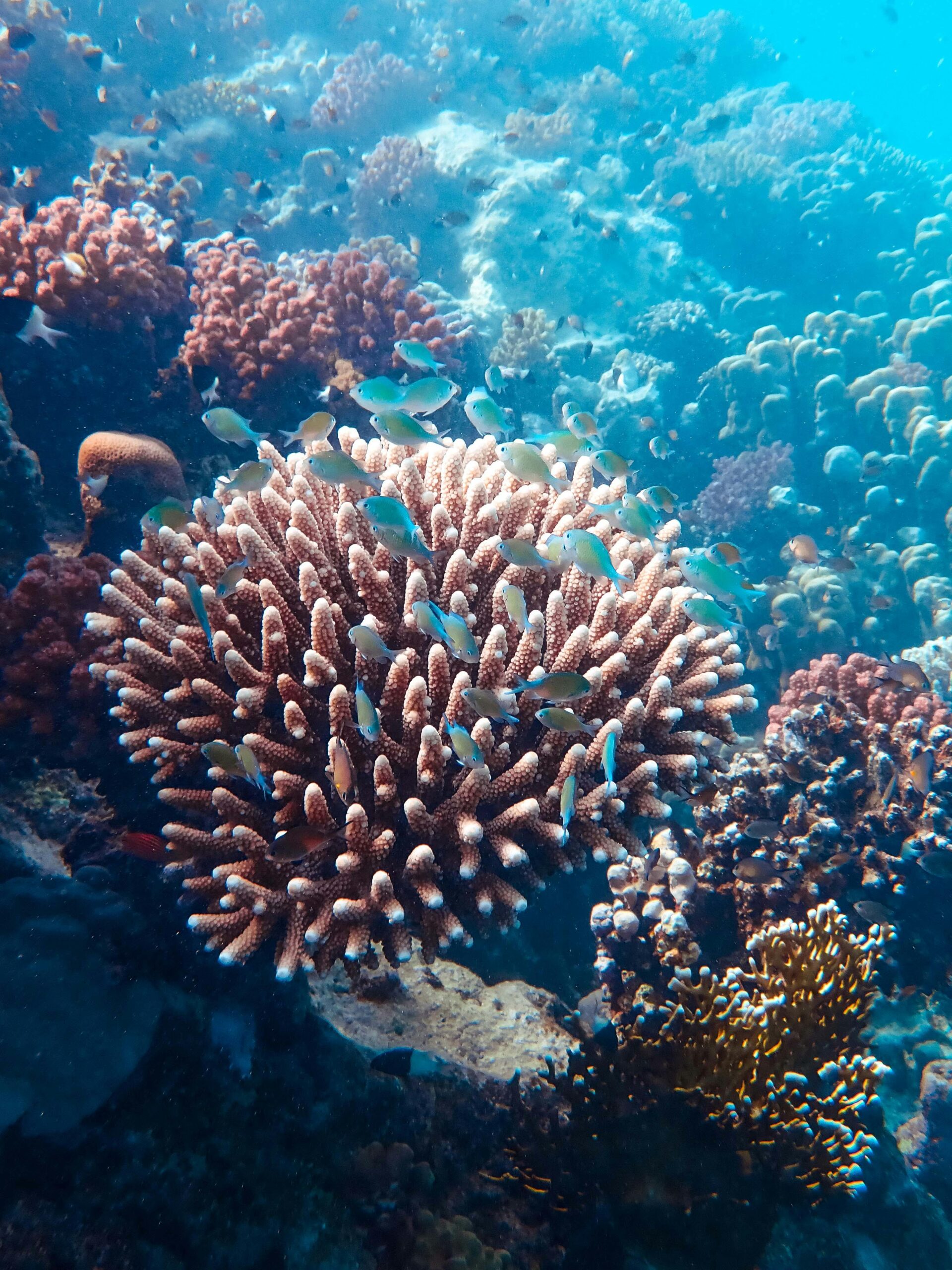When it comes to choosing the right sunscreen, it’s no longer just about SPF—it’s also about sustainability. Reef-safe sunscreens are becoming the new standard for conscious consumers who want to protect their skin and the planet. But what exactly makes a sunscreen “reef-safe,” and why does it matter?
In this guide, we’ll explore:
- What “reef-safe sunscreen” means
- Harmful ingredients to avoid
- The best reef-safe sunscreen ingredients
- Why reef-safe matters for marine life
- Our top recommended reef-safe sunscreens
What Does “Reef-Safe” Really Mean?
“Reef-safe sunscreen” refers to sun protection products that do not contain ingredients known to harm coral reefs and marine ecosystems. Traditional chemical sunscreens often include oxybenzone and octinoxate, two UV filters linked to coral bleaching, DNA damage in marine life, and overall disruption of ocean ecosystems.
When these chemicals wash off your body while swimming, snorkeling, or showering, they enter the ocean and can cause lasting environmental damage—even in small amounts.
Ingredients to Avoid in Sunscreens
To ensure you’re using a truly reef-safe sunscreen, avoid these harmful ingredients:
- Oxybenzone (benzophenone-3)
- Octinoxate (ethylhexyl methoxycinnamate)
- Octocrylene
- Homosalate
- Avobenzone
- Parabens
- Nanoparticles (unless labeled non-nano, which means particles are too large to be ingested by coral)
Best Reef-Safe Sunscreen Ingredients
Look for sunscreens that use non-nano mineral filters such as:
- Zinc Oxide
- Titanium Dioxide (non-nano)
These mineral ingredients sit on the surface of the skin to reflect UV rays, rather than absorbing them, making them safer for both your body and aquatic life.
Why Reef-Safe Sunscreens Matter
Coral reefs are vital to marine biodiversity, coastal protection, and even global oxygen production. Yet, they’re under constant threat from climate change, pollution, and yes—even sunscreen.
Each year, an estimated 14,000 tons of sunscreen wash off swimmers into coral reef areas. In popular tourist destinations like Hawaii and the Caribbean, sunscreen pollution has become a major concern, prompting legislation to ban reef-harming chemicals.
By switching to reef-safe sunscreen, you’re making a small change with a big impact—helping preserve delicate coral ecosystems for future generations.
Best Reef-Safe Sunscreens to Try
Here are some top-rated, eco-friendly sunscreens that are kind to your skin and the sea:
- Stream2Sea Mineral Sunscreen – Biodegradable and water-resistant, made with non-nano zinc oxide and enriched with antioxidant-rich botanicals.
- Coral Care Sunscreeen – Revolutionary sunscreen that repairs coral reefs.
- 4Ocean – Plastic-free packaging and reef-safe formula made with certified organic ingredients.
How to Use Reef-Safe Sunscreens Effectively
To get the most out of your reef-safe sunscreen:
- Apply 15 minutes before sun exposure
- Reapply every 2 hours, or after swimming/sweating
- Use with UV-protective clothing for extra protection
- Avoid spray sunscreens near the beach—they can drift into the sand and sea
Final Thoughts
Making the switch to reef-safe sunscreen is one of the easiest ways to protect our oceans while still caring for your skin. With so many great options now available, there’s no reason not to go reef-friendly.
Whether you’re diving in the tropics, enjoying a family beach day, or just hiking under the sun, choose a sunscreen that works with nature—not against it.

